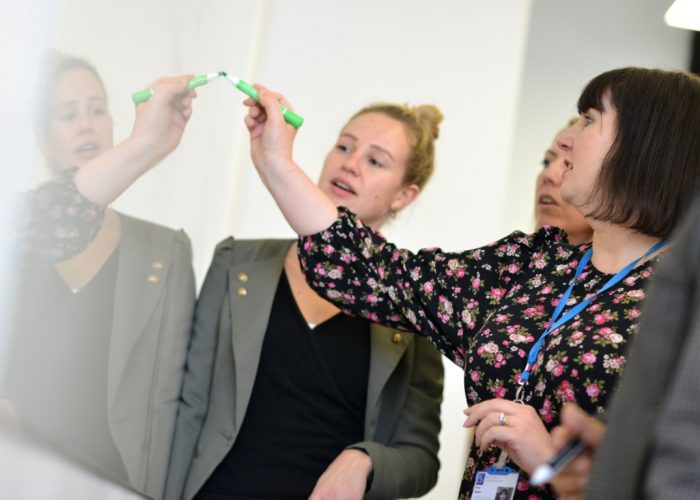
Julia Wilkins, ICHP Head of Data and Analytics and Stephen Pearson, Costing Collection & Analysis Manager, NHS England and NHS Improvement, discuss the potential of patient-level costing for transforming care.
Patient-level costing (often known as PLICS or patient-level information and costing systems) may sound like something that’s been designed to help us keep an eye on the pennies as well as the pounds, but in reality it’s much more about offering consistent, high quality care, and exploring the costs and benefits of new ways of working.
Patient-level costing combines the activity and financial data that trusts already collect, but instead of coming up with an average cost per patient, it separates out the costs for each individual patient in order to identify any clinical variation or differences in the pathways followed.
Initially, this new way of costing should help trusts further explore the costs related to care delivery and investigate any variations both within their own organisation or compared with their peers, with the ultimate aim of maximising the value of care offered.
NHS England and NHS Improvement are implementing a five-year costing transformation programme to introduce patient-level costing, which it hopes will improve the quality of health cost information in the NHS, through universal costing standards that enable consistent comparison between providers and a single national cost collection to improve the quality of reporting.
How it works
The current standard method for reporting costings across the NHS is reference costs, which take financial data from the general ledger and generate an average cost per patient.
PLICS uses the same data sources, but instead of generating average costs, it breaks down costs by individual patient, allowing trusts to identify any variation in the care received. It does this by calculating the cost for each part of the care provided for each individual, e.g. doctor and nurse time, equipment, pharmacy and pathology. It’s hoped that in the future trusts will also be able to link patient outcomes to the PLICS data.
Every hospital trust is currently working towards using PLICS as the mandatory means of measuring costings, with acute hospitals reporting in this way this summer.
Why implement PLICS?
The NHS is facing an increased demand for services, which it must meet within limited resources. In order to deliver more care without compromising quality, it’s essential that providers have detailed information to help them understand how and where they are spending money.
In the same way that a family of four won’t get very far maximising their food budget by only looking at average weekly costs, neither will a hospital trust identify the best ways to maximise care based on reference costs and average spends.
In order to truly understand the spending and make informed decisions about efficient and effective service delivery, trusts need to understand and address where there is clinical variation and its cost implications, and be able to measure the cost and value of new models of care accurately against the old pathways.
Compared to reference costs, patient-level costs allow trusts to identify cost variation between individual patients within a hospital, and analyse component parts of treatments to see how costs vary between services or different care settings. They can then understand better where to make changes to improve efficiency, and be better able to measure the effects of those changes.
For example, NHS England and NHS Improvement’s case for change document highlighted how a number of trusts used PLICS to make changes for the better, including Liverpool Heart and Chest NHS Foundation Trust saving £547,000 a year following a review of device costs, and a review of burns and plastics services at Nottingham University Hospitals NHS Trust which resulted in better theatre utilisation, reduced length of stay and increased elective activity.
Looking to the future
The most advanced trusts are already using PLICS to inform improvements in patient care and use of resources, and ambulance, community and mental health trusts are in a four year transition from aggregated reference costs to PLICS.
While trusts already using PLICS are able to make use of the data in decision-making now, NHS England and NHS Improvement’s work with NHS Digital on the pseudonymisation of data should mean that it can be available to others in wider systems too, such as to support ICSs to help inform their projects and innovations.
These are early days for PLICS, but we can see that the benefits to patients could be huge. NHS England and NHS Improvement may be driving the development of costing in the NHS centrally but it’s been very much steered by those in the sector including clinicians who already see the potential benefits. These are exciting times.
To find out more about PLICS, contact the NHS England and NHS Improvement Costing Team at costing@improvement.nhs.uk or email the ICHP team at b.i@imperialcollegehealthpartners.com.



